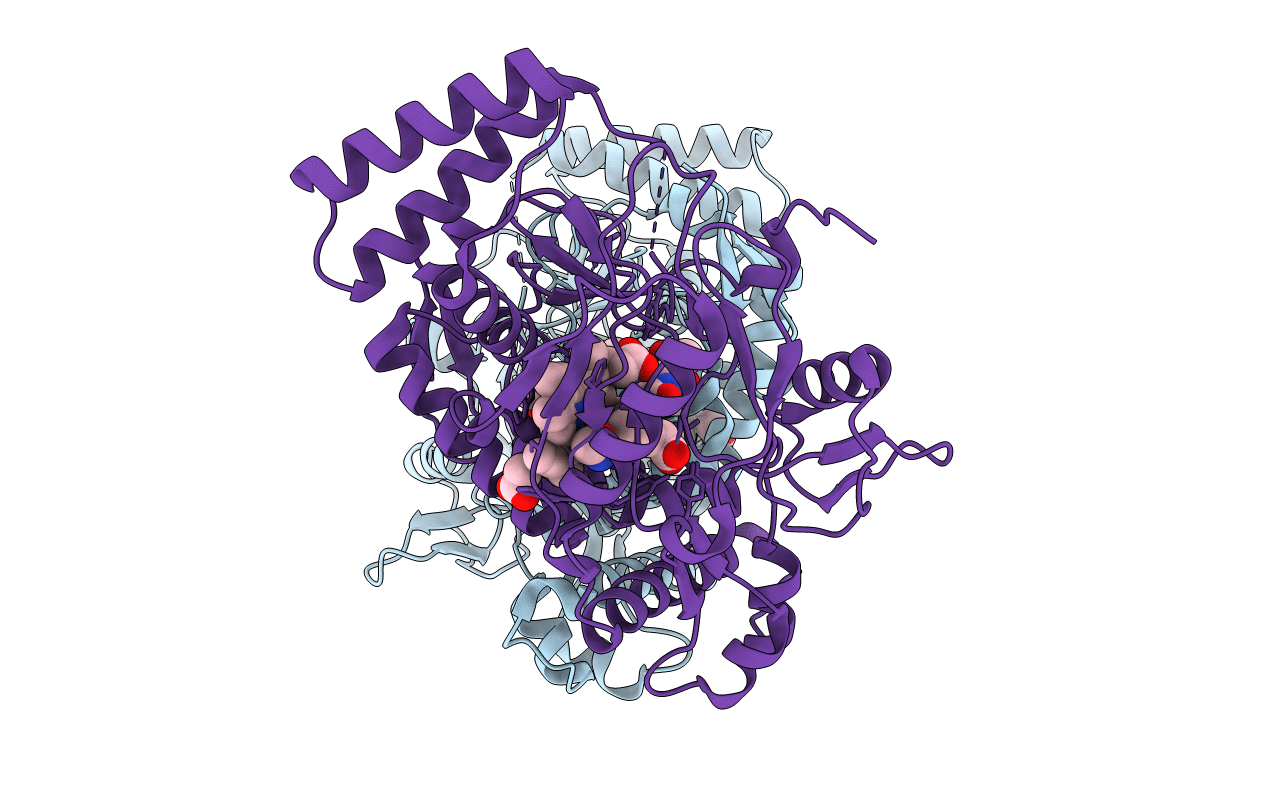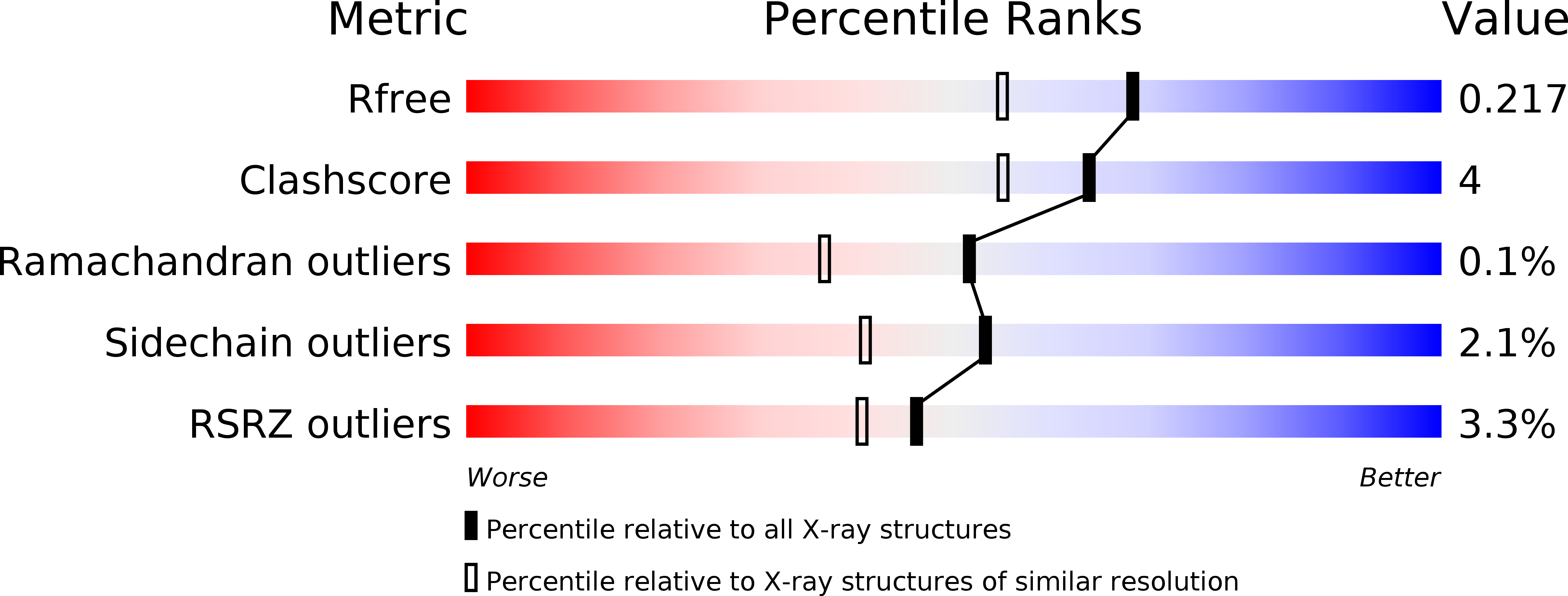
Deposition Date
2012-06-29
Release Date
2013-05-15
Last Version Date
2023-09-13
Entry Detail
PDB ID:
4FVW
Keywords:
Title:
Structure of rat nNOS heme domain in complex with N(omega)-methoxy-L-arginine
Biological Source:
Source Organism:
Rattus norvegicus (Taxon ID: 10116)
Host Organism:
Method Details:
Experimental Method:
Resolution:
1.81 Å
R-Value Free:
0.21
R-Value Work:
0.18
R-Value Observed:
0.18
Space Group:
P 21 21 21


